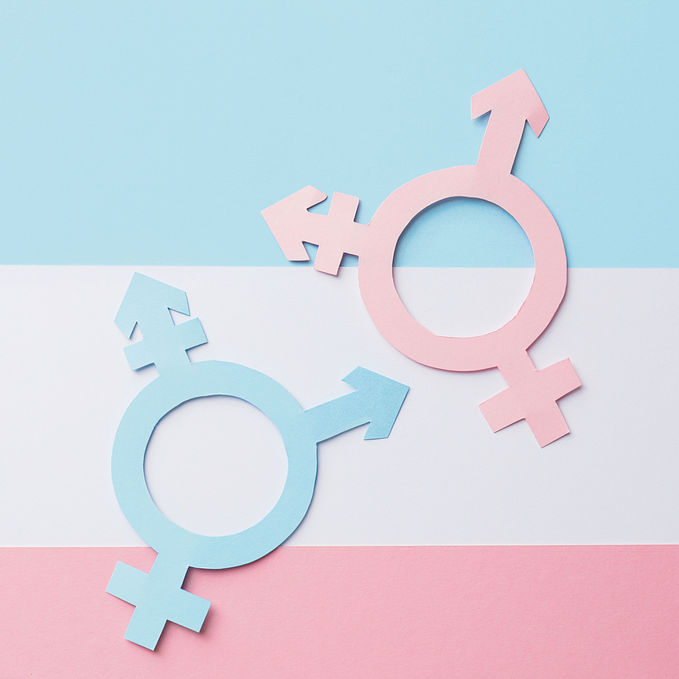What exactly is an ally?

A great question, and one I get asked a lot.
And when I am asked, I also know a lot of people don’t even know how it’s pronounced, so let’s get that out of the way.
AL-EYE.
Or AL-EYE-SHIP when it’s in action.
Now, Cambridge online dictionary describes an ally as “Someone who helps and supports other people who are part of a group that is treated badly or unfairly, although they are not themselves a member of this group”, i.e. I am not directly impacted by a situation, event, or behaviour, but I understand how it does have an impact on other people, and I believe it is wrong that they experience this.
An example being, I am a white woman, and I am supportive of the Black Lives Matter movement, not because I have had my own experiences of racism (because I can’t), but because I understand that racism has a very real impact on the lives of Black people, and that this is not ok.
However, I would also argue that this definition doesn’t really go far enough. Because for me, being an ally is all about action and active participation. Allyship is a verb.
So, the best description I’ve found that really resonates with me, is from Global DEI Leader, Sheree Atcheson, in her 2021 book Demanding More. Sheree describes an ally as “any person that actively promotes and aspires to advance the culture of inclusion through intentional, positive and conscious efforts that benefit people as a whole.”
I interpret this to mean taking allyship one step further and recognising we all have the potential and ability to be an active ally to others, as our influence and privilege flexes, depending on the situation and the group that we are in.
For example:
Men can be allies to women, shutting down sexist language and behaviour, or showing up and supporting women’s events, and taking the time to listen and learn from their experiences.
White people can be allies to people of colour, by educating themselves on how racism shows up in everyday situations and calling white colleagues in (or out) when they observe it coming to the surface. By listening to and believing their colleagues when they share their experiences (without placing their own feelings at the centre of the discussion) and amplifying their voices when they call for change.
Cisgender people can be allies to members of transgender community, by using the correct pro-nouns and educating themselves on respectful language and shutting down inappropriate conversations that may occur when they are not present.
Non-disabled people can be allies to those with different abilities, by learning about ableist language and paying attention to physical and online spaces for potential barriers to accessibility and engagement.
The list goes on…
Being an ally requires each of us to recognise the advantages, opportunities, resources, and power we’ve automatically been assigned, when at the same time others have been overtly or subtly denied them. Like I said, this can be painful at times, because while it doesn’t mean we didn’t work hard to earn our successes, or we didn’t have to face barriers at times, it does often mean admitting that we didn’t face as many as other people may have. That we must acknowledge the playing field wasn’t level to begin with.
Being an ally is owning this, and taking steps to address it, lending our unearned advantages to others to bring the balance back into view. Like Sheree Atcheson said making “conscious efforts that benefit people as a whole”.
What’s the difference between Performative and Actionable allyship?
Performative allyship is when we say all the things we know we’re supposed to, and we show up visibly (usually on social media) in celebration of others, but we stop short of making any real investment in the action. By investment I mean investing time to educate ourselves properly, money to support causes and further our learning, and reputation by publicly making a stand against mistreatment, discrimination and “ist” behaviour.
Actionable allyship is about showing up when no one is looking. Understanding why your support is necessary and living your commitment, or even risking something in solidarity for those who are on receiving end of mistreatment.
And finally…
As we’re learning together in this space, I want to wrap this up by offering some guardrails. We’ve talked about how to step up as an ally, moving towards taking action and away from being performative. But… we do also need to make sure that we don’t let our privilege and position tip us over the line and turn us into saviours!
[insert dramatic “dun, dun durrrrn” music]
By this, I mean we can all be very eager to stand up and be supportive of those around us, but again, we need to be sure we’re clear about who’s benefit we’re doing it for. Who is at the centre of our action? Is it the person or people we want to support, or is it our own ego and wanting to be “on the right side” or being seen to be an ally?
“Ally” is not a badge of honour we can pop on an off ourselves. It lives in the moment on the actions we take, and it ultimately assigned to us by those we are acting in support of. If you are not acting with their best interests at heart, then you might be in danger of tripping over into saviour territory. So, what’s the best way to navigate this tricky tightrope….?
In a word. Ask.
What would the person or people you want to support like you to do?
If they are present, for example you witness something you believe to be racist, you can confirm to that person that you believe what you witnesses was not ok and ask them how you can help. They may like for you to say something to the person to draw attention to the matter, or this may not be something they want to address in the moment, but they would appreciate your support as a witness if they speak to HR. If your antenna is sensing something is not right, then it probably isn’t. But while this may be the first time you’re experiencing it, with your brand-new perspective and ally mindset at the ready, it’s likely not the first time for others around you. Be mindful of that. Remember, it’s not about you.
However, there may be times that you absolutely cannot let it go, and it’s not possible for you to check in with someone to gauge their view, or perhaps there is no-one else around to witness what you did. In these instances, if you want to say something make sure to position it in the first person, as your observation and your feelings on the matter. If you don’t know how it may have impacted another person, then do not (ever) bring them into the frame without their consent.
For example, Jim says something you believe is sexist in front of a group and you want to talk to him about it. Framing the statement as “Jim, you just said X, which I believe is offensive to the women in this group” only directs the attention towards the women, forcing them to side with either you or Jim as either right or wrong. Instead, try saying “Jim, when you said X, I found this offensive, and I don’t wish to hear statements like that” keeping the focus squarely on you and your feelings towards the issue.
Let’s recap…
We ALL have the power and potential to be an ally to someone.
Allyship is a verb. It’s the way we show up for one another, consciously and intentionally, and with the best interest of others at heart.
Being an ally is not about getting a pat on the back, it’s about doing what’s right, no matter who is or isn’t watching.








